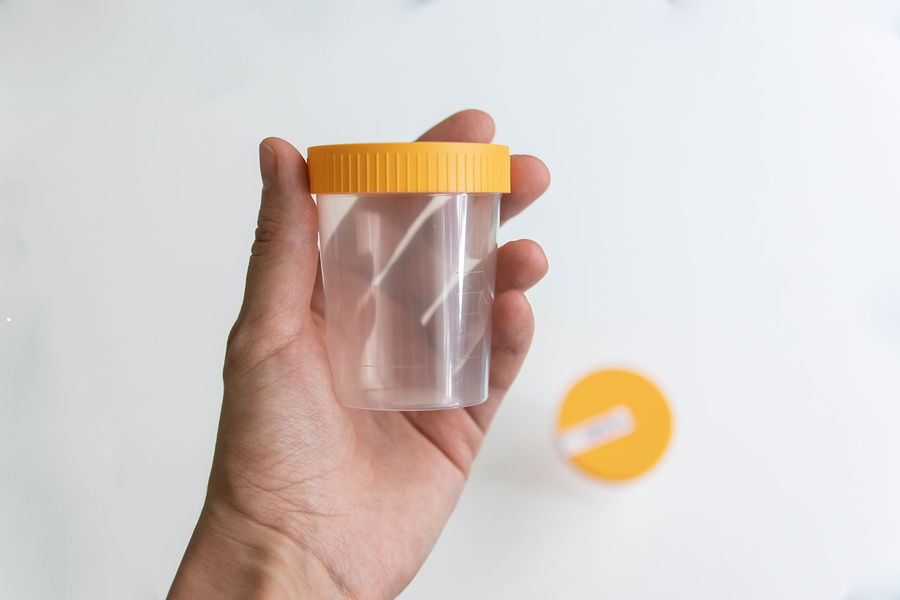
One of the common methods to screen employees or potential employees for drug use is the urine drug test kit. Available in different test strip combinations to detect a wide range of drugs, urine tests are increasingly utilised to reduce the impact of drugs in the workplace.
Urine tests can improve workplace health and safety by deterring employees from taking drugs that could increase safety risks. This is particularly important in workplaces that involve hazardous duties, such as using heavy machinery.
The Initial Test
The initial test is fast, easy and relatively non-invasive, requiring the person to provide a sample of their urine in the plastic container that can detect as many as 15 different drug types, both natural and synthetic.
Results will be available within minutes, and a positive or negative result is determined by whether the drug is detected above the cut-off level as set out in AS/NZS4308.
Cut off Level
Urine drug tests only determine the presence of drugs over a certain amount called the “cut off”, e.g. THC 50ng/ml, this will only show the presence of THC over 50ng/ml. Anything above the cut off level returns a non-negative result. Cut offs are designed to measure the illicit use of drugs and not therapeutic levels that may have been prescribed by a GP.
Secondary Testing After a Non-Negative Result
If the drug test returns a non-negative reading, more testing is required to confirm these results. The collected samples need to be further tested using either GCMS (Gas Chromatography Mass Spectrometry) or LCMS (Liquid Chromatography Mass Spectrometry) in a laboratory.
How Accurate are the Results?
The accuracy of urine drug test kits relies on several factors, but onsite screening tests cannot be used with 100% accuracy. Factors such as weight, metabolism, when the drugs were taken, and due diligence in the handling of the urine sample can all affect the accuracy of the results.
Modern urine drug test kits generally provide a good indication for the potential detection of a drug, and laboratory testing provides confirmation.
Drug Detection Periods
Detection time is the amount of time a specific drug can be detected in the body after taking it, and can vary greatly from drug to drug, and person to person. The method that was used to take the drug also has an impact on detection time, and if the person is a regular user the drug will remain detectable for longer.
The following is an approximate guide to how long levels can be detected in urine after ingestion:
- Amphetamines and methamphetamine: up to 4 days
- Cocaine: up to 3 days
- Opiates: up to 3 days
- Cannabis: casual use up to 7 days, heavy user up to 30 days
- Benzodiazepines: chronic up 4-6 weeks
Find Out More About Drug Testing in the Workplace
MediNat Australia can provide you with advice about workplace drug testing using our reliable urine drug test kits made in full ISO and quality-controlled environments as well as carrying out on-site testing at your organisation.
Call us on 1300 725 520, email us at info@medinat.com.au or contact us online to speak to one of our team members.

